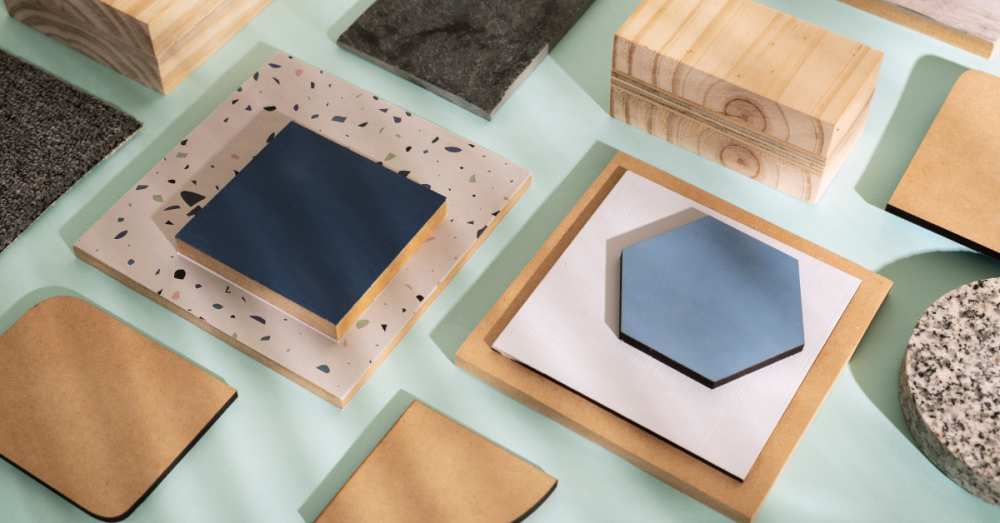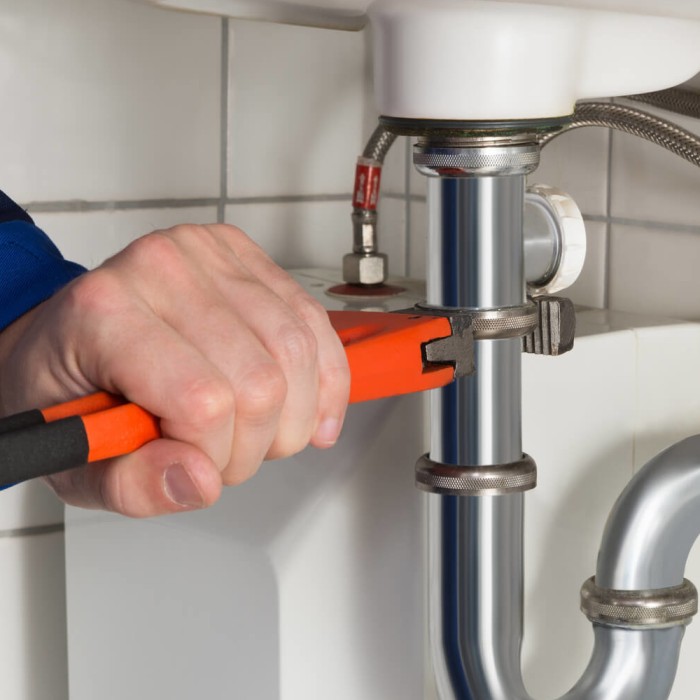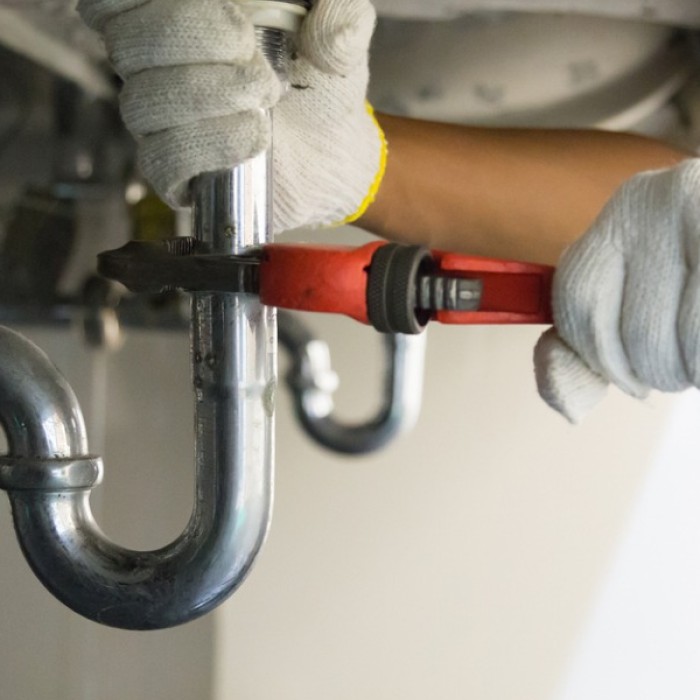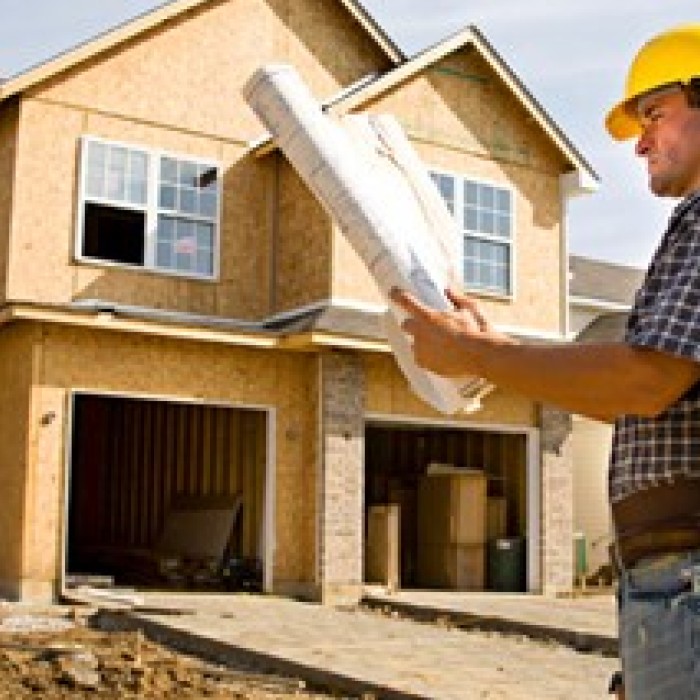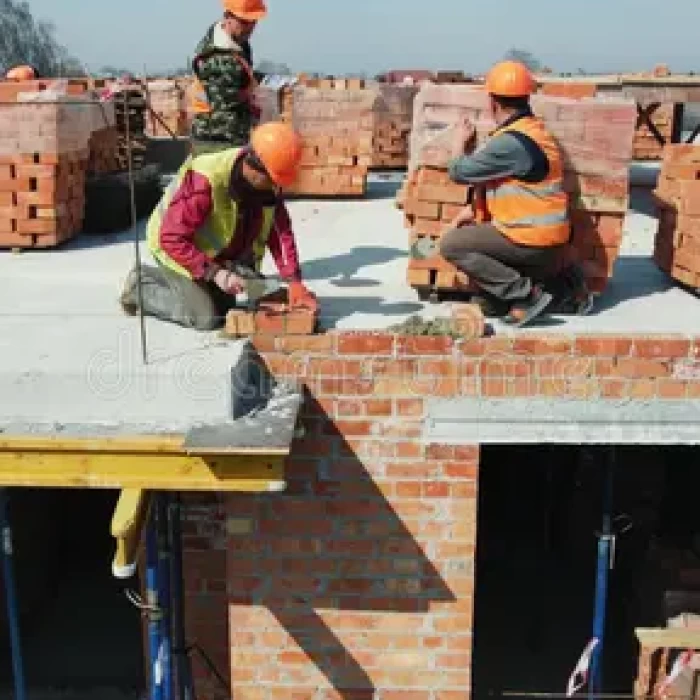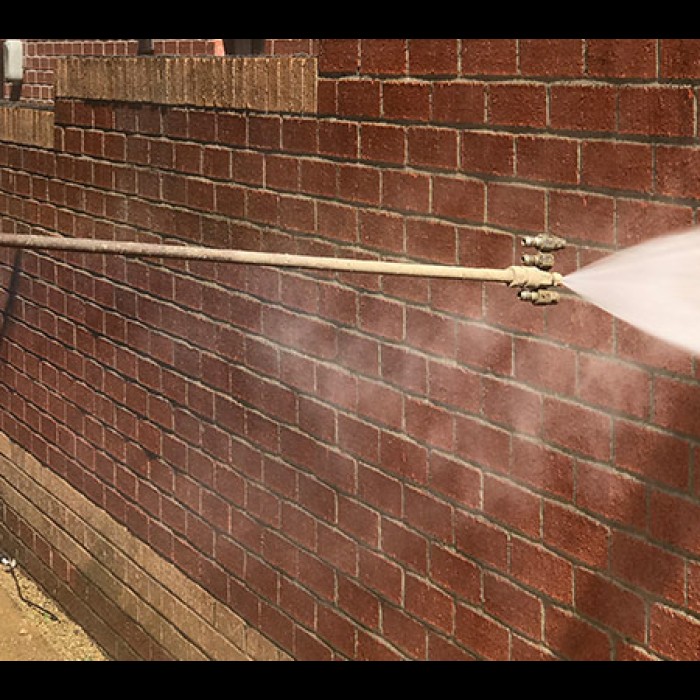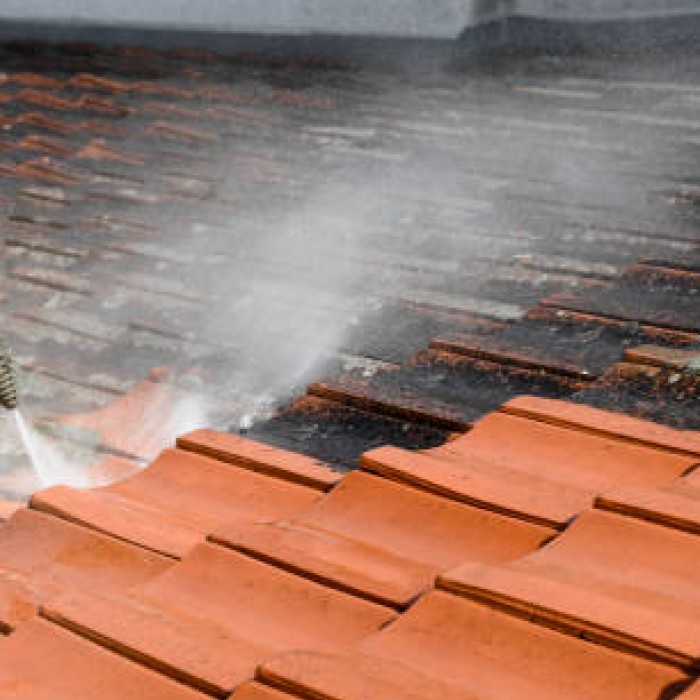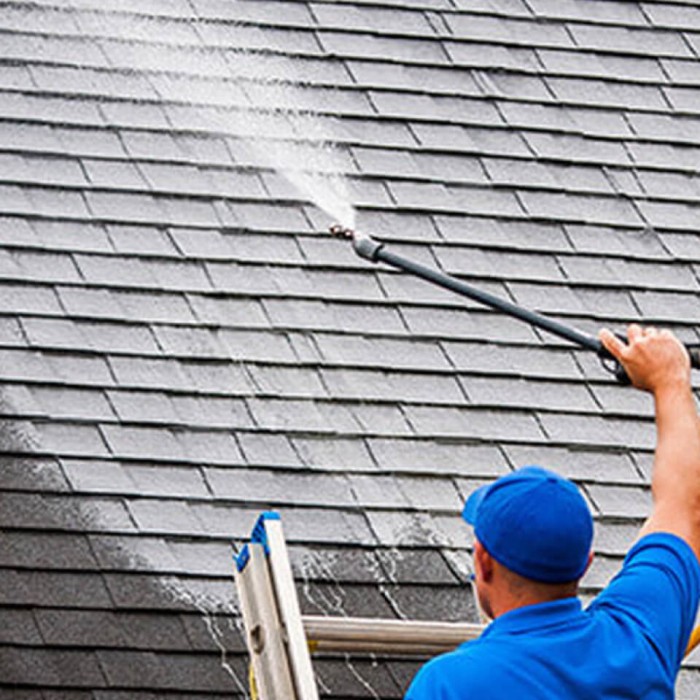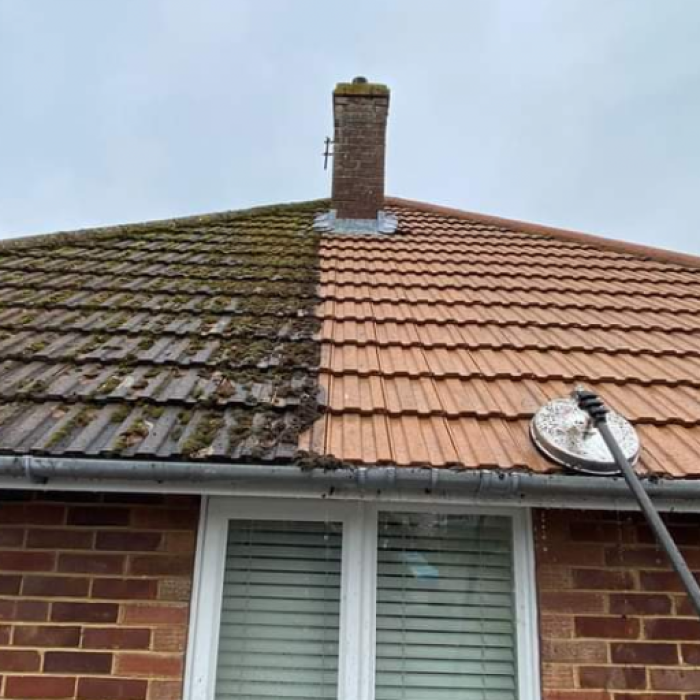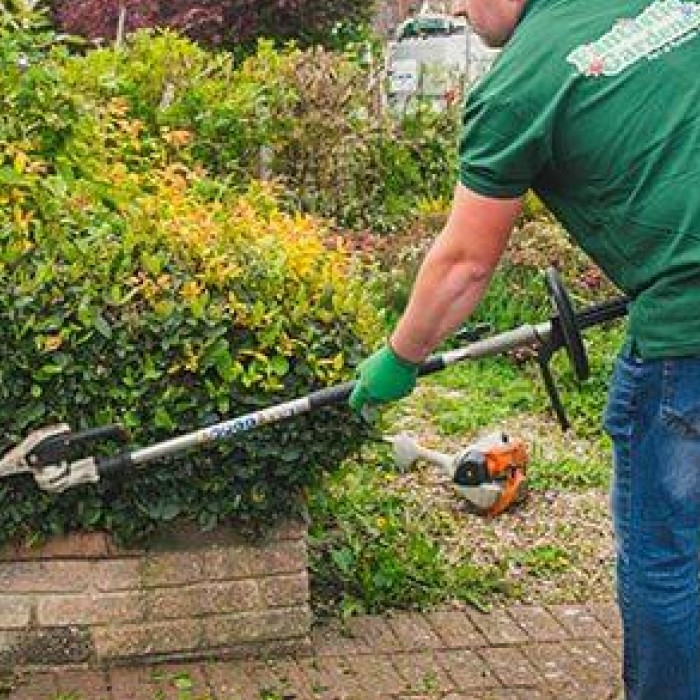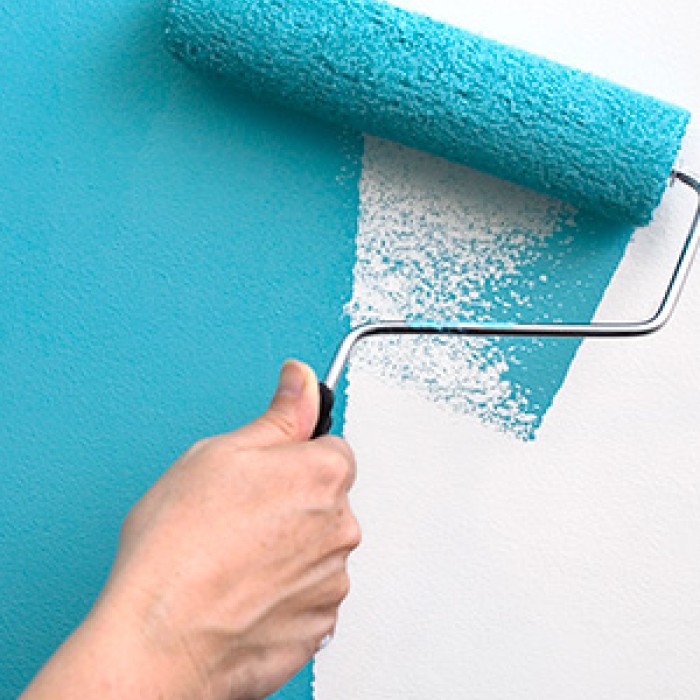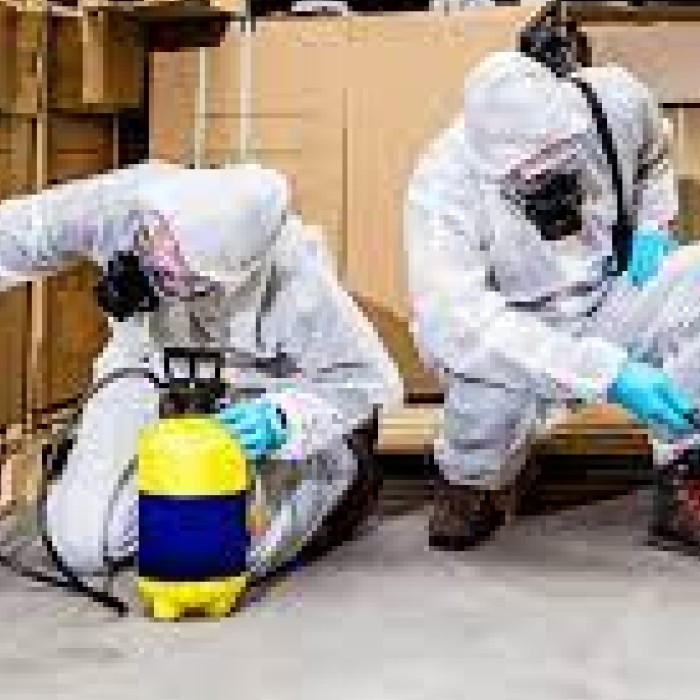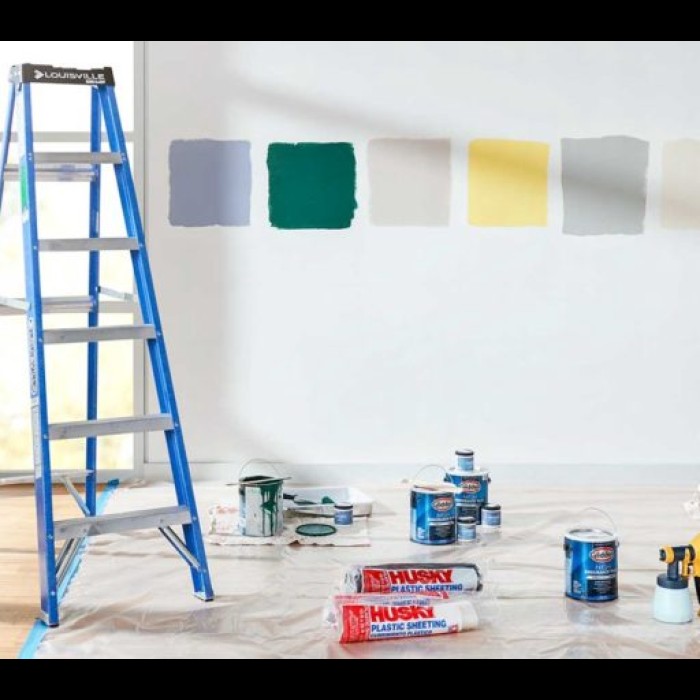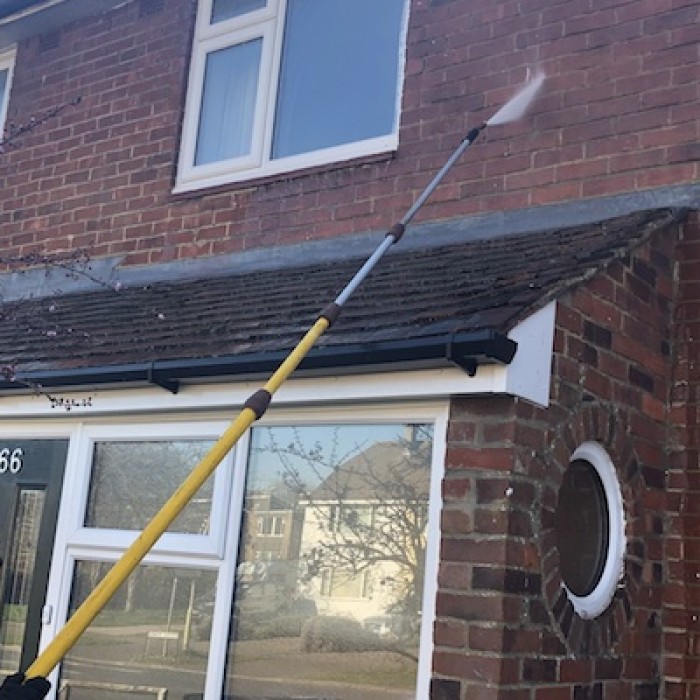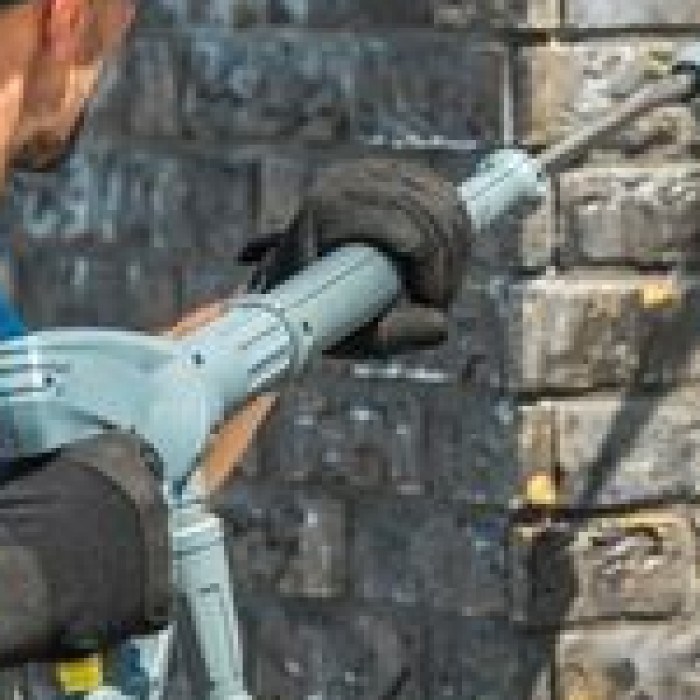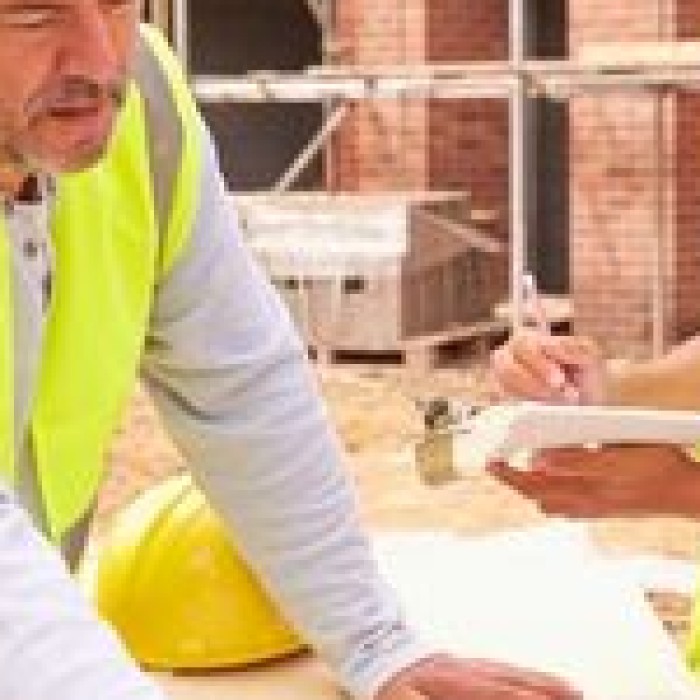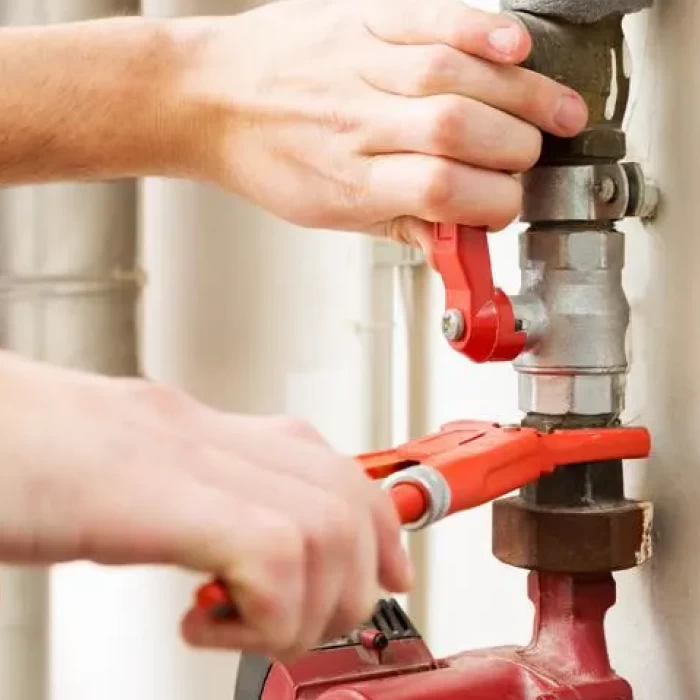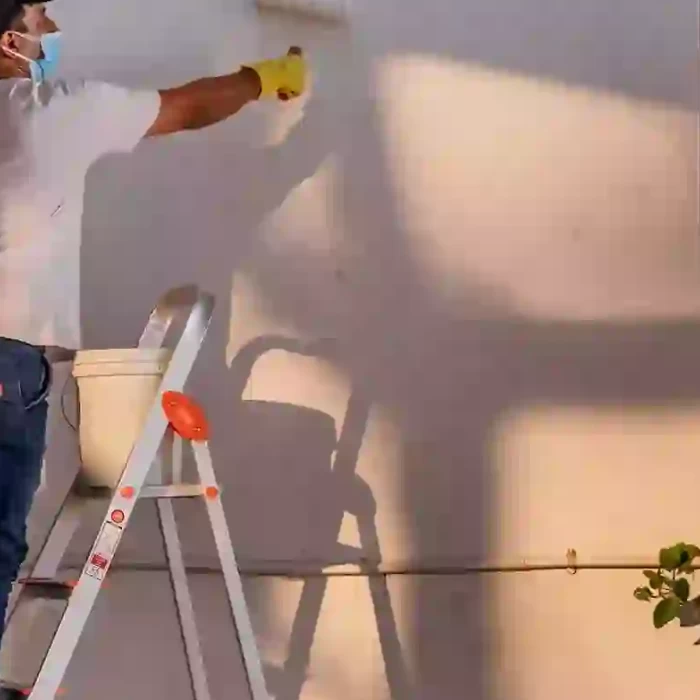Gyprock Types and Their Uses
Gyprock, also known as drywall or plasterboard, is a widely used building material that has revolutionized the construction industry. It can be made of many materials from gypsum to asbestos to glass fibers but is more often than not a combination of those. Gypsum sandwiched between two sheets of heavy-duty paper is the most used type of gyprock, although there are others that are prepared for specific purposes. Gyprock is commonly used for interior walls and ceilings in most houses, and is very cost effective to alternatives that compete for the same use. Different types of gyprock present themselves with different fire-resistance, sound resistance, and moisture-resistant properties.
Gyprock can easily be cut, shaped, and installed, making it a cost-effective option for both residential and commercial construction projects. As construction techniques and technologies evolve, so will the types of gyprock, so it is important to understand that the list we present on the types of gyprock won’t be the only ones on the market. Each type of gyprock comes with its unique set of features and applications, making it essential to understand the differences between them. In this blog, we will explore the different types of gyprock and their uses, so you can make an informed decision for your next construction project.
Gyprock Types
Following are the different types of gyprock that are available in the Australian market, some more costly than others and all of them having their own specific properties that are helpful in certain areas.
Backing Gyprock Boards
Backing Gyprock boards are a type of plasterboard that is primarily used as a base layer for other Gyprock products. These boards are typically made from gypsum plaster and reinforced with fiberglass or paper for added strength and durability. They have a rough surface texture that allows other plasterboards to adhere to them easily. Backing Gyprock boards are commonly used for interior walls and ceilings in residential and commercial construction projects.
Fire-Resistant Boards
Fire-resistant Gyprock boards are designed to resist the spread of flames and heat. These boards are made from gypsum plaster, reinforced with fiberglass or other additives to enhance their fire resistance. They can be used to create fire-rated walls, ceilings, and partitions that help prevent the spread of fire and smoke within a building. Fire-resistant Gyprock boards are commonly used in high-rise buildings, hospitals, and other structures where fire safety is a primary concern.
Water-Resistant Gyprock
Water-resistant Gyprock boards are designed to resist moisture and water damage. These boards are made from gypsum plaster that is coated with a water-resistant surface layer. This layer can be made from various materials such as vinyl or fiberglass. Water-resistant Gyprock is commonly used in bathrooms, laundry rooms, and other areas of the home that are exposed to high levels of moisture.
Flexible Gyprock Boards
Flexible Gyprock boards, also known as bendable plasterboard, are designed to be flexible and easily bendable. These boards are made from gypsum plaster that is reinforced with special fibers or additives to enhance their flexibility. Flexible Gyprock boards can be used to create curved walls or ceilings, and they are commonly used in theaters, concert halls, and other spaces where sound quality is essential.
Impact-Resistant Gyprock
Impact-resistant Gyprock boards are designed to withstand impact and resist damage. These boards are made from gypsum plaster that is reinforced with fiberglass or other materials to enhance their strength and durability. They are commonly used in high-traffic areas such as schools, hospitals, and sports facilities, where walls are prone to damage from equipment, furniture, or foot traffic. Impact-resistant Gyprock boards can also be used in homes with young children or pets that may cause accidental damage to walls.
What is Gyprock installation?
The properties of gyprock, such as its fire resistance and soundproofing capabilities, can be significantly affected by the quality of its installation. Proper installation is critical to achieving the desired performance of the gyprock product. A professional installer can ensure that the plasterboard is installed correctly, with adequate spacing and minimal gaps, to create an effective sound barrier. On the other hand, faulty installation can result in a subpar performance, leading to a poorly soundproofed room that can be disruptive to the household. DIY installation also poses a significant risk, as incorrect installation can lead to fire hazards, moisture damage, and structural issues. It is best to leave gyprock installation to the professionals to ensure the safety and success of your construction project.
How do Professionals help?
Professionals can be of great help in regards to installing and repairing gyprock, as they will have years of experience in the field. Many homeowners try to DIY gyprocking installations, which shouldn’t be done, as gyprock can easily get damaged if the installation is not done properly. Professionals can also do such installation in a fast and effective manner, using equipment that probably owners will not know how to use, and they can help recycle plasterboards if they can be recycled, although older kinds of gyprock by their very composition are hard to recycle. Thus people should consult professionals in the field to help with their gyprocking installations and repair in a fast, efficient and sustainable manner.
Conclusion
As you can see, gyprock is an essential building material that has a wide range of applications in the construction industry. From standard plasterboards to specialty gyprock products like fire-resistant and soundproof boards, there is a gyprock product that can suit any construction project. Each type of gyprock comes with its unique set of features, making them ideal for specific applications. If you need help with gyprock installation or repairs, Worldwide Services can assist you. Our team of experts is experienced in providing high-quality gyprocking services that will ensure your project's success. Contact us today to learn more about our services.

